Gogosha’s Echo Park shop has developed into a proper station of the optical cross for both eyewear insiders and those just finding their way past the mundanity of what she aptly describes as “widget” style mass-produced glasses – which to the uninitiated, may seem like the only option. However, when it comes to an accessory that can alter one’s appearance as drastically as eyewear, Gogosha believes a little consideration goes a long way.
Julia herself is something of a style guru who is frequently sought out by everyone from fashion-forward locals to celebrities seeking to elevate their choice of frame to something that isn’t just an heirloom quality, “future vintage” product, but more accurately expresses their personality and style sense than any of the mass-produced options ever could. Whether it’s making custom tie-dye lens tints for John Mayer’s frames or working with actors and film industry pros to pick out the right frame for a character, Gogosha is an authority. When you arrive at Gogosha’s Instagram page, you’ll notice that it features remarkably few posed photos of glasses sitting under bright lights or sexy lifestyle shots – it’s almost exclusively shots of beaming customers wearing their new frames. That’s because the focus in Julia Gogosha’s world is on providing a tailored experience and fitting the right frame to the right face, something that people tend to overlook when buying eyewear in the internet age, and something that we can absolutely relate to in the vintage watch space. The fact is we all know how incredibly easy it is to fall in love with a shiny object on the internet, but how does it really wear? How does it make you feel? How does it work into your life? When it’s an accessory as necessary, functional, and incredibly visible as eyewear, these questions matter.
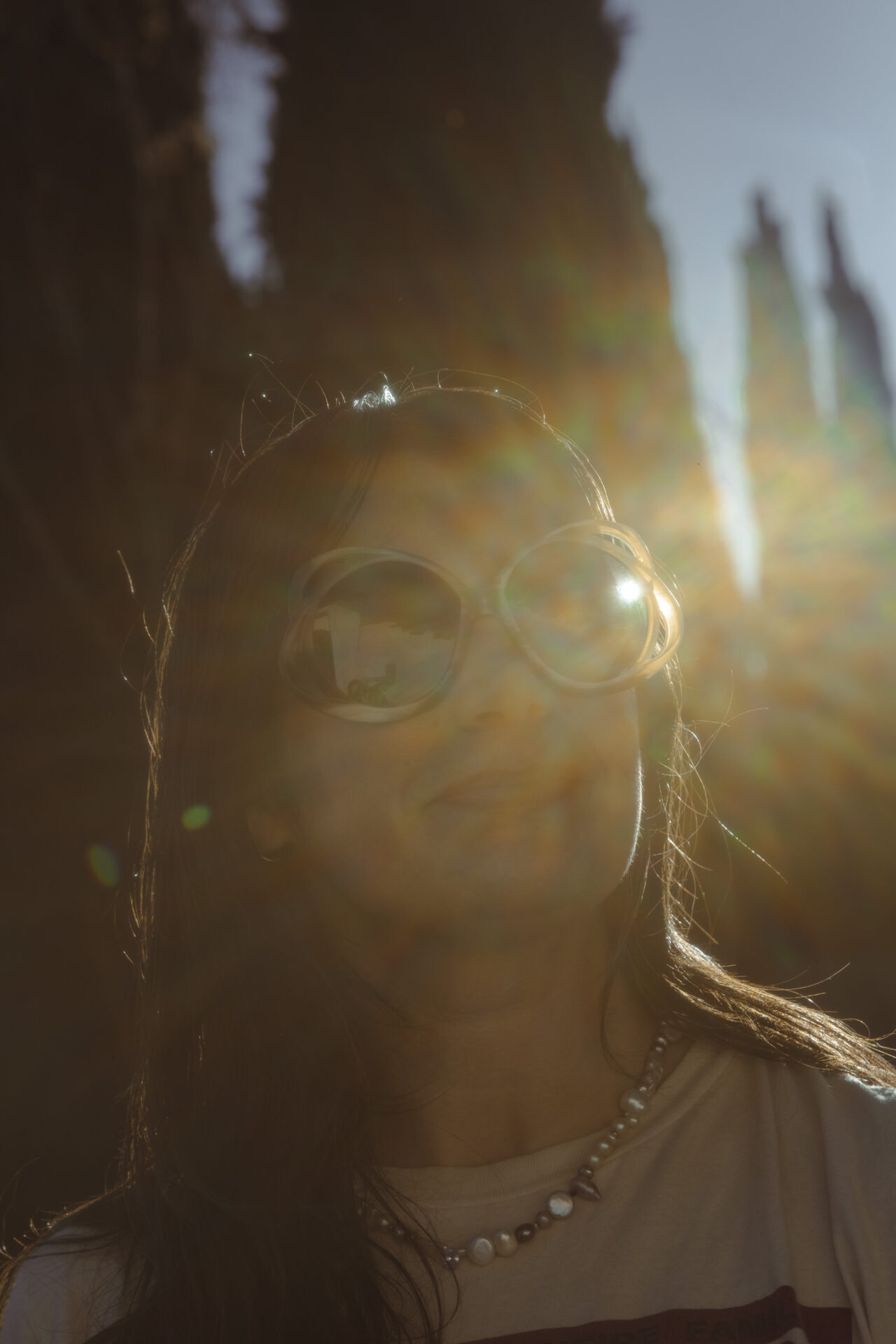

Gogosha is someone that understands the way our aesthetic choices and the details of the things we use daily can affect our overall experience and how we engage with the world around us. Between the whimsical, modernist design cues of her shop, the clever fitting stations she’s had crafted and installed through the Covid-era, and the wonderfully varied curation of premium brands and pieces she’s brought in, Gogosha’s approach to the eyewear world is one of passion and intention – and one that anyone that understands the charms of vintage watches should easily appreciate. Truly, our worlds are not so far apart when you consider that both of these accessories live at the unique crossroads where utility and function meets design and fashion. And Gogosha herself sports a 1948 Rolex Oyster most days of the week – though she’s managed to avoid going too deep down the timepiece rabbit hole as a collector.
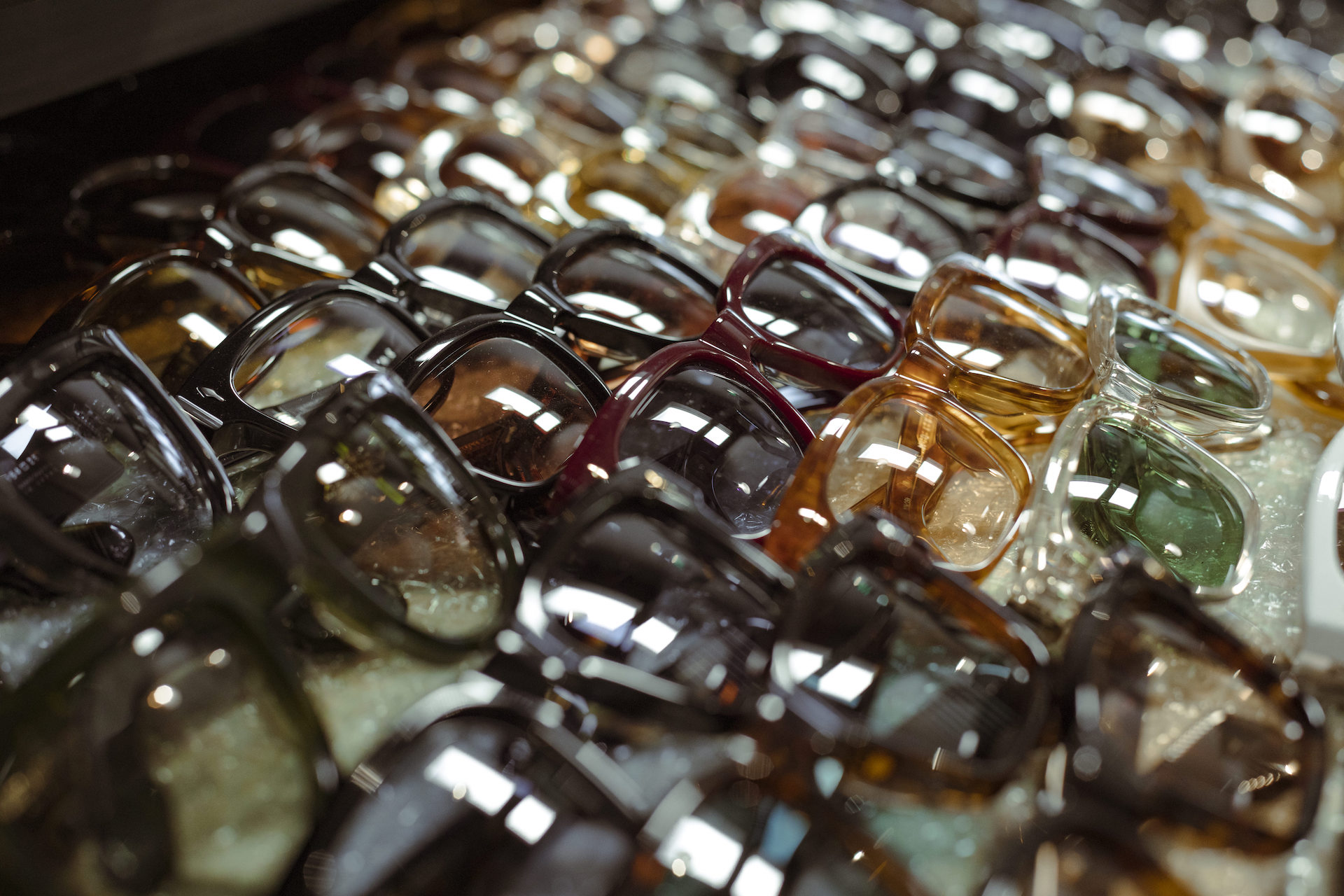
Gogosha has even started to dabble in the design world herself via collaborations with some of the most exciting brands in the business on shop-exclusive frames and limited edition colorways – brands like Jacques Marie Mage, whose timelessly cool shades have been featured on the lion’s share of the famous faces that have graced the cover of GQ magazine in recent years. When it comes to premium brands as exclusive and protective of their identity as JMM, a direct collaboration says an awful lot about Julia’s space in the industry.
In the following interview, Gogosha takes us inside her world as an optical obsessive, discusses the parallels between the vintage watch world and the handmade eyewear world, dishes on the eyewear trends she loves and hates, and provides some sage advice for anyone interested in ditching their “widget” frames for something elevated, personal, and even collectible.
I find in the watch world, people often don’t realize they have the capacity to be an enthusiast until they’ve been properly introduced to the options available. Has that been your experience in eyewear?
JG: Once you know what’s possible and what exists in the world of handmade, independent eyewear, you realize it’s quite different from the mass-produced frames that have essentially turned into widgets that we swap in and out. Over the last four decades, glasses went from being a medical device to almost a commodity. Once you see what’s possible in eyewear, it’s almost impossible not to be an enthusiast (if you’re an enthusiast about anything at all). The enthusiast mindset translates into these objects really well once you realize they’re something you need in your life.
Do you still collect eyewear yourself? Have you escaped those collector’s impulses a bit since being in the business or has the ease of access made it worse?
JG: I don’t think I’ve escaped it, but I also don’t know if being a collector was necessarily intentional for me. I get high on my own supply all the time and I literally have access to the most amazing pieces in the world and sometimes it’s hard. I practice a lot of self-restraint and I rarely take home a piece that I just want to see forever, but won’t actually wear. That happens maybe once a year, where I just want something because I want it and not because I’m going to wear it.
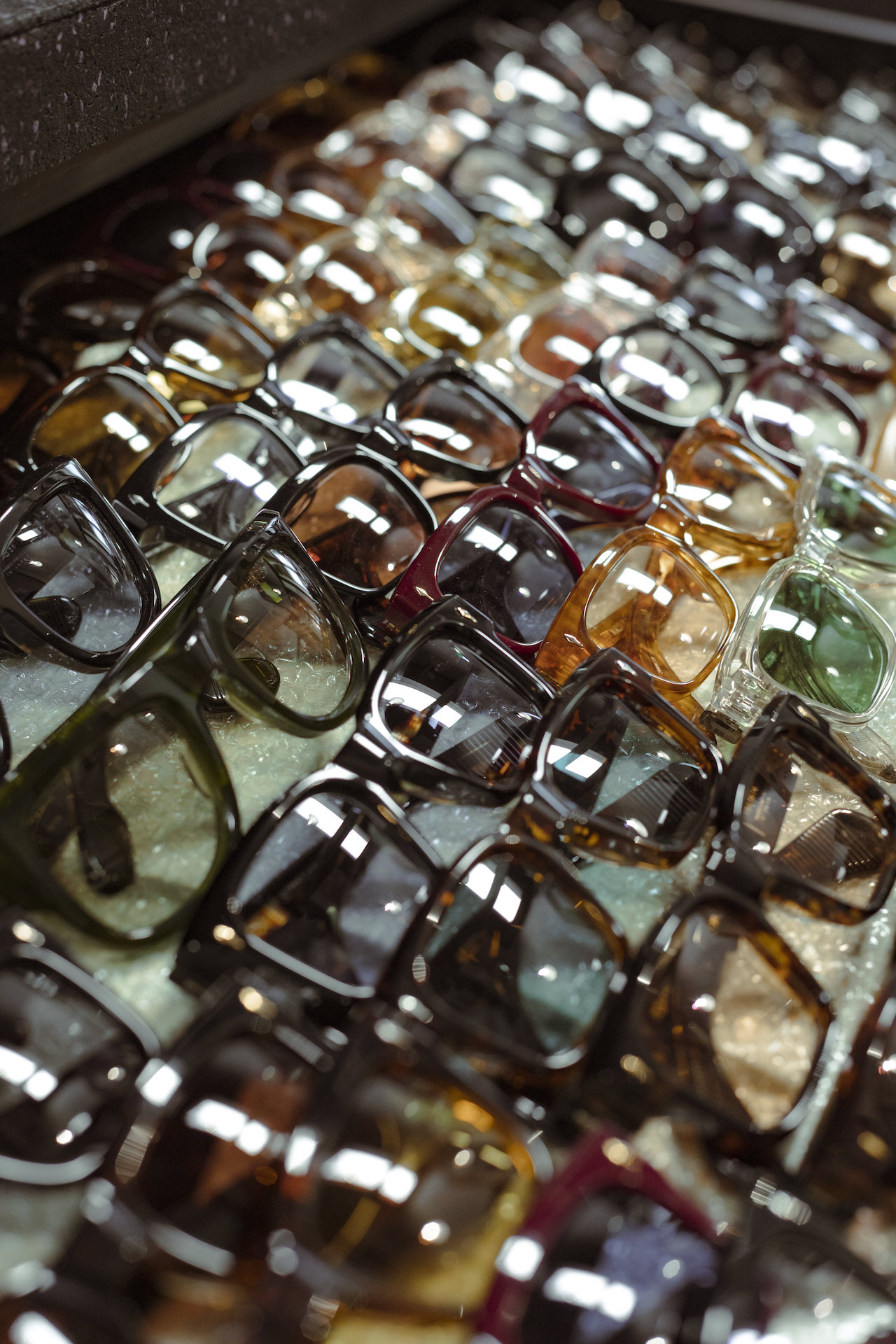

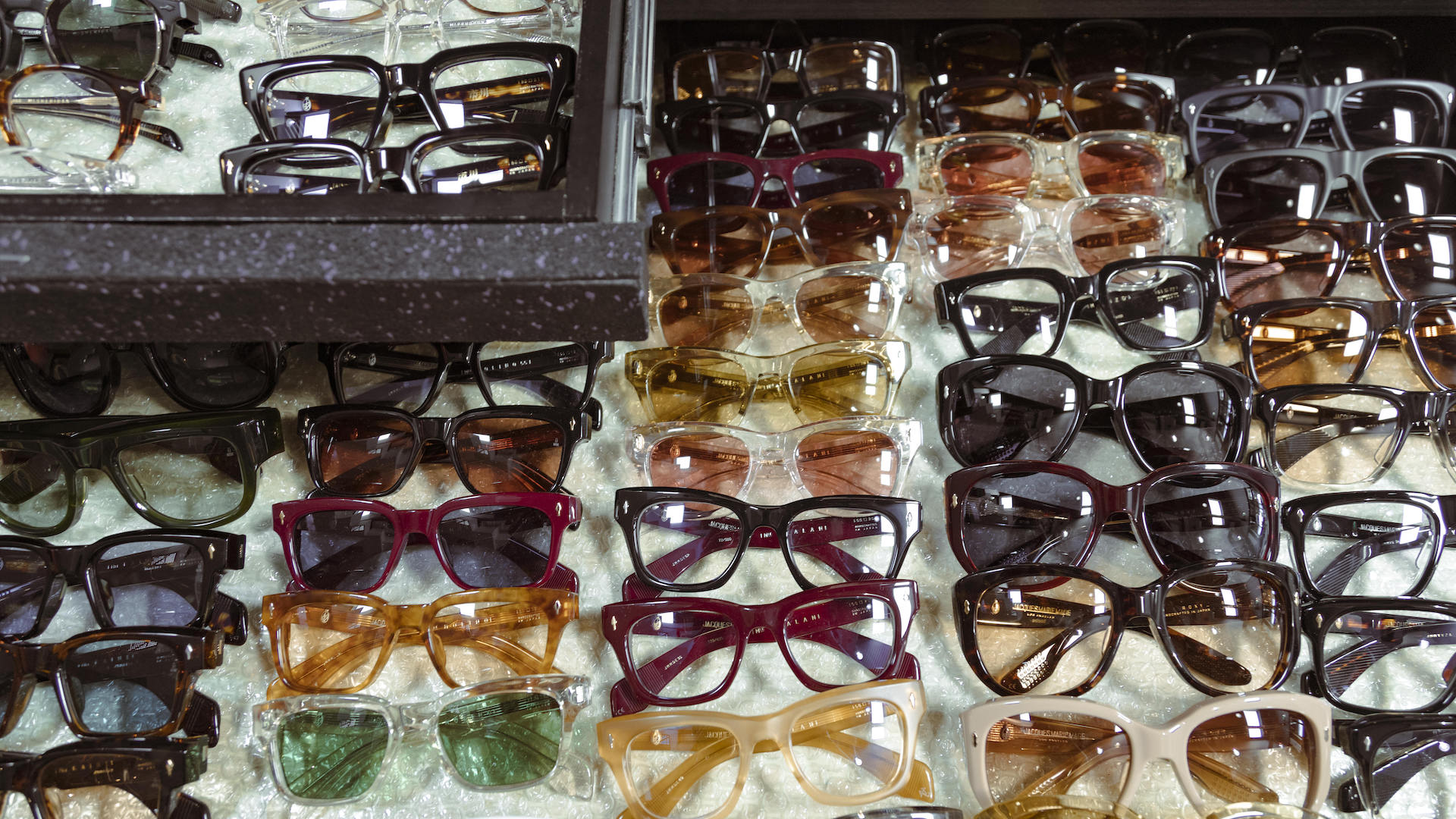
You have a lot of notable celebrity clients. What do you find most rewarding about guiding people who are so frequently in the public eye through their eyewear choices?
JG: The one thing that’s always been the takeaway is that these are people who have access to literally anything they want – often for free – and they choose to come to us as a civilian and not as a celebrity. We work together for both what they want in real life and also for what they want for costume or performance. For the most part, the aesthetic needs between those two worlds vary slightly, but it’s about what you want as a person in real life and then what you want for your avatar as a public figure. It’s very much spoken about that way and it’s fun to figure out what works best for a character or a production or a story, and then to figure out what works best for that person when they’re being themselves.
A good example was when they did the film adaptation of A Wrinkle in Time in 2018 and one of the main characters lives in the clouds, and we fitted him with a pair of Kuboraum because those frames exist in this other-worldly kind of vibe. We love things that can transform you and take you to a different place.
Are there any trends in eyewear right now that you really hate and are there others that you’re excited about and think will be timeless?
JG: The main thing for me is why make anything if it’s not going to be something unique or you’re not adding anything to the conversation. I don’t like when a brand makes something just to make it, but it’s something we’ve already seen 100 times. Do we really need to see it 101? We just don’t have the resources as a people, either. We don’t need more stuff if it’s not going to be really interesting or useful. The repetitive nature of each brand having its own version of the same idea at times can be unnecessary. All that said, I don’t focus on what I don’t like. What I love is what’s next. Always.
What do you think is next?
JG: I think for one, new ways of connecting frames – how the frame front and the temples connect to one another. There’s a brand called BAARS out of France that does all of these incredible magnetic connections; so the frame and the temples are held together by magnets and the benefit of that is you have an object that no longer breaks in a breaking point and you remove all these pressure points. It’s like an eject button for the frame. Stuff like that I think is really genius. I think frames that are more freeform and sculptural are very much in the forefront more than they ever have been. When I say sculptural, I mean chiseled where the texture is really played with in order to create a new form and when I say freeform, some might call it asymmetrical. That works because faces aren’t really symmetrical, but I like that more organic, asymmetrical shapes are coming into the industry and they look like a very familiar shape from afar, but when you look closely, the left and the right have nothing to do with each other and they’re not mirrored like traditional frames.
Then you have someone like Jacques Marie Mage that takes something really classic and familiar and pulls from everywhere from the ‘60s to the ‘80s, but gives it really elevated hardware and acetates that take almost a year to cure, and they even make their own custom colors. Those frames are as much about the process as they are about the style. So I think the more these brands dig into whatever groove or niche it is that makes each of them special, the more likely we are as people want to really engage with these objects.
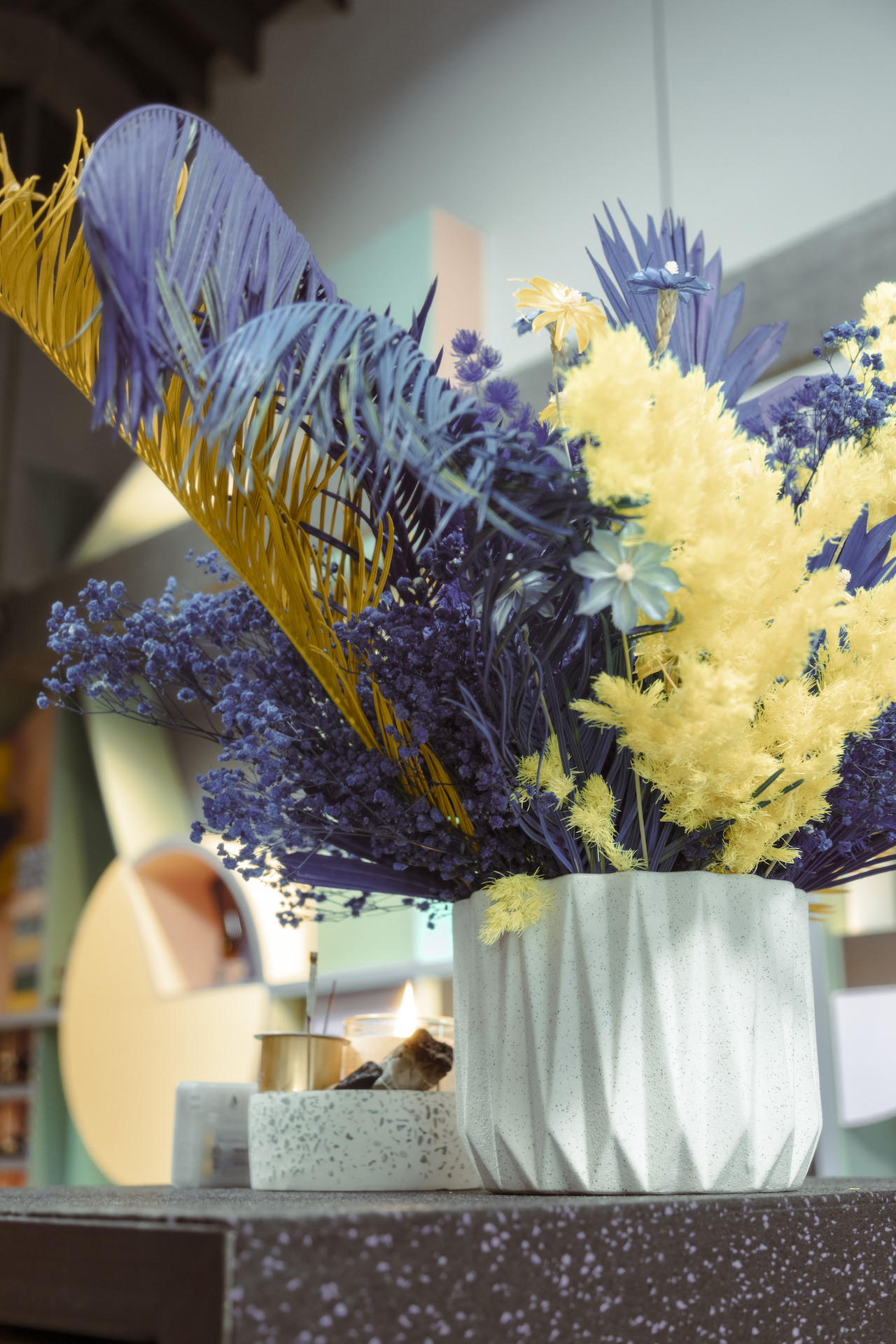
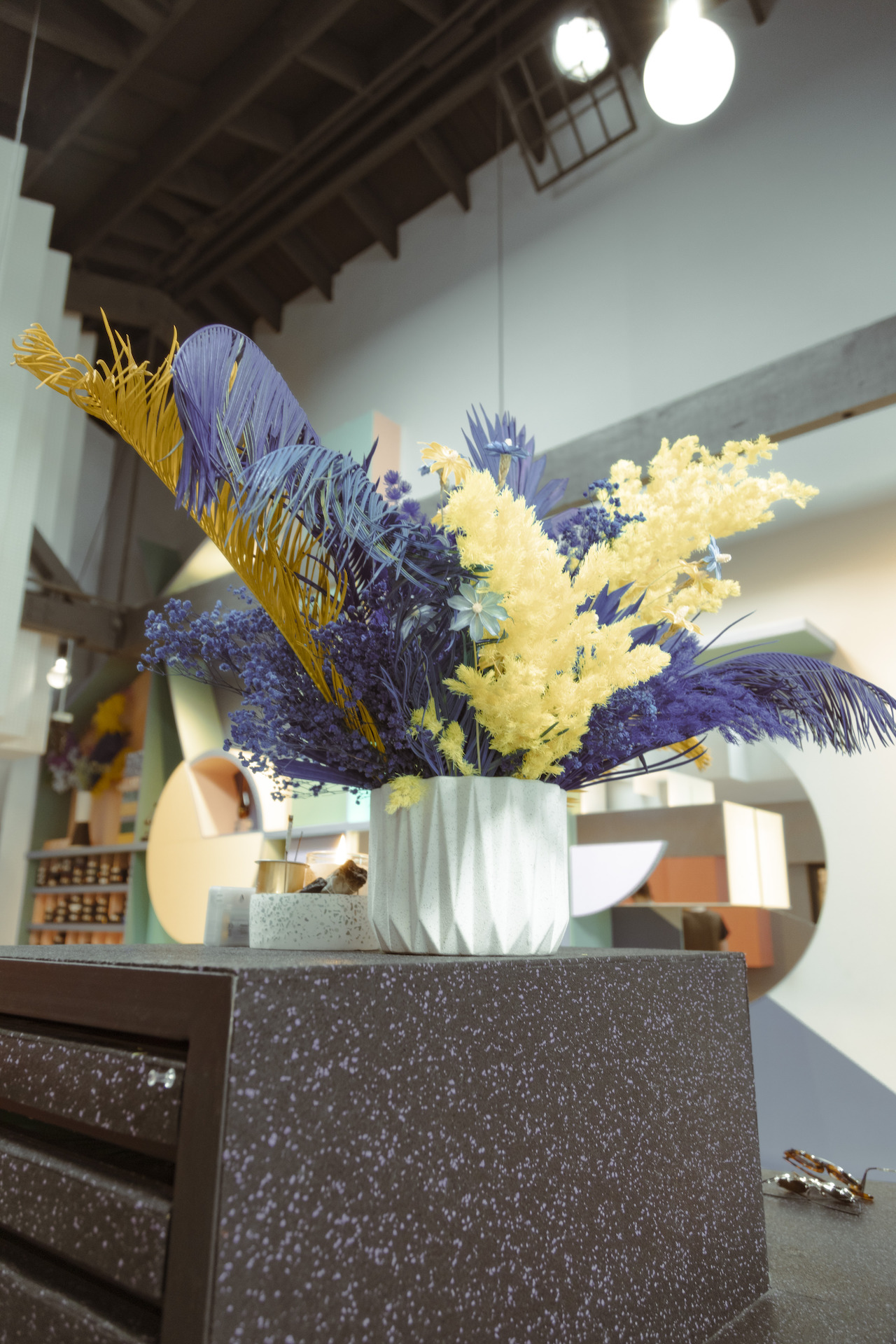
I interact with a lot of serious watch collectors and various sartorial enthusiasts and Jacques Marie Mage is a brand that’s really easy to explain to anyone with an eye for details. Every time I’ve introduced someone to JMM’s stuff, they’ve ended up with several frames in a heartbeat. You have a very close working relationship with Jacques Marie Mage and have even collaborated on limited edition shop-exclusive frames in the past. Can you tell us why you’re so into what they do and what they represent? I’ve had people express a bit of sticker shock, but maybe you can explain to the uninitiated why JMM frames are worth the price?
JG: They’re worth way more than the cost! I hear you and I totally get it and have heard it myself, but the quality of the object is worth far more than what they cost. The things that go into the cost of glasses is not just the quality of the materials used, but the time that goes into the design, the tooling to make the object, the knowledge and expertise required to properly finesse it. There is no shortcut or mass production route to take for those frames. All glasses made with integrity and that kind of quality – and very, very few are – are worth that and more. Just the time that goes into them itself is a huge factor.
I’ve seen you do things like dye a Jacques Marie Mage frame a different color – which is a gutsy move to do to ultra-limited production glasses. What’s the decision process like when it comes to customizing frames like that?
JG: You just do it! You assess the risk and you share with the client what could happen, but once you assess that it can do what you want it to do, why not?
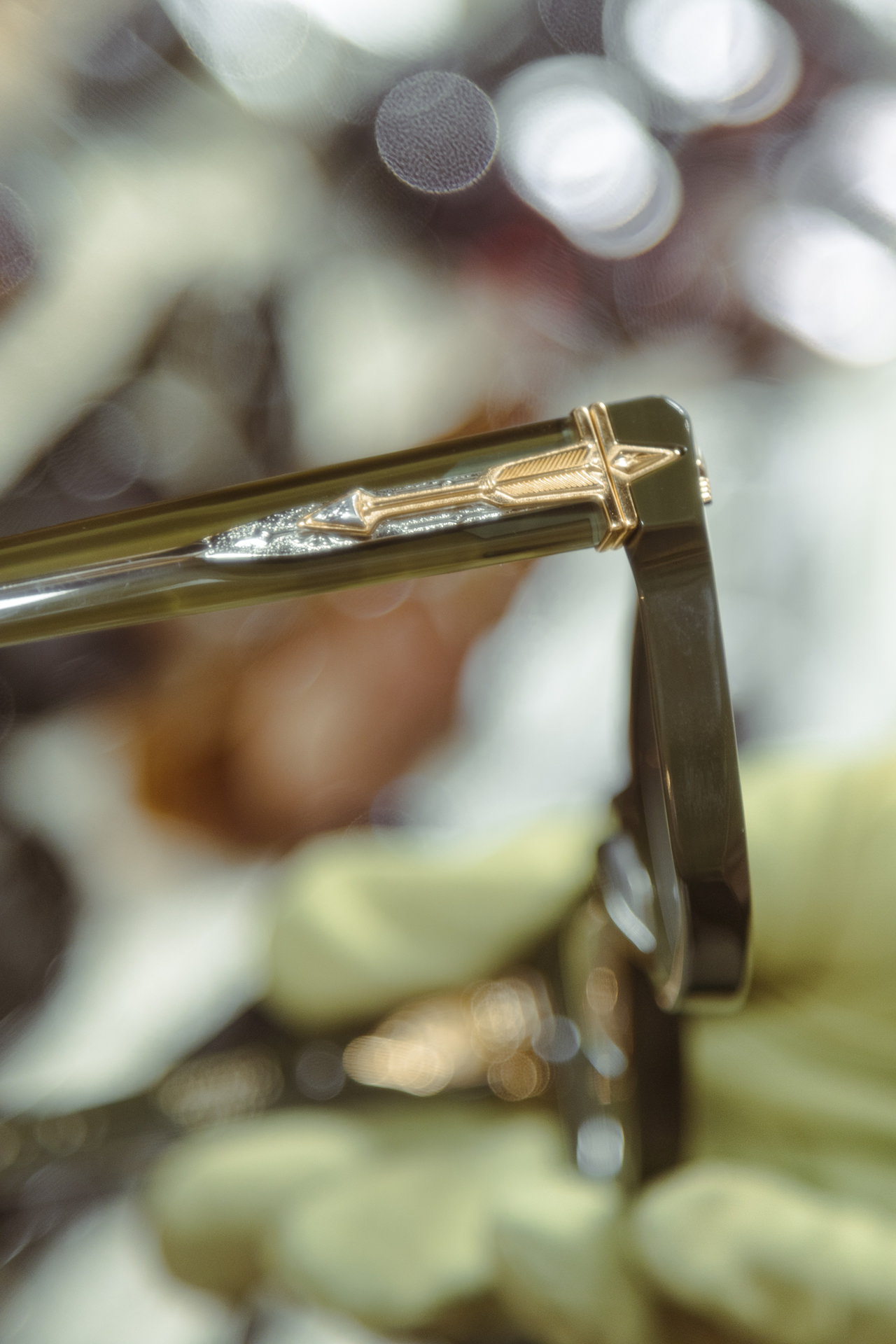
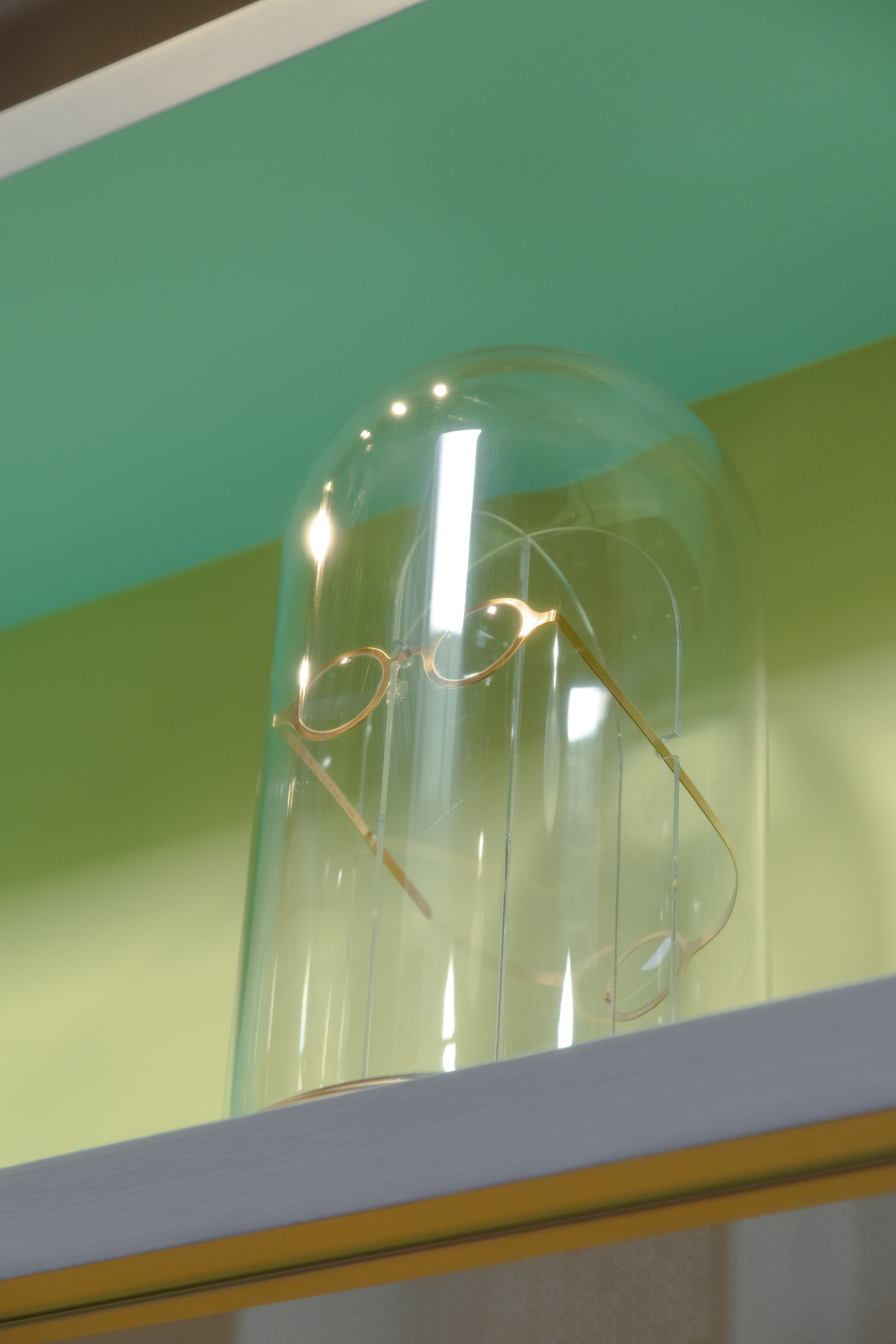
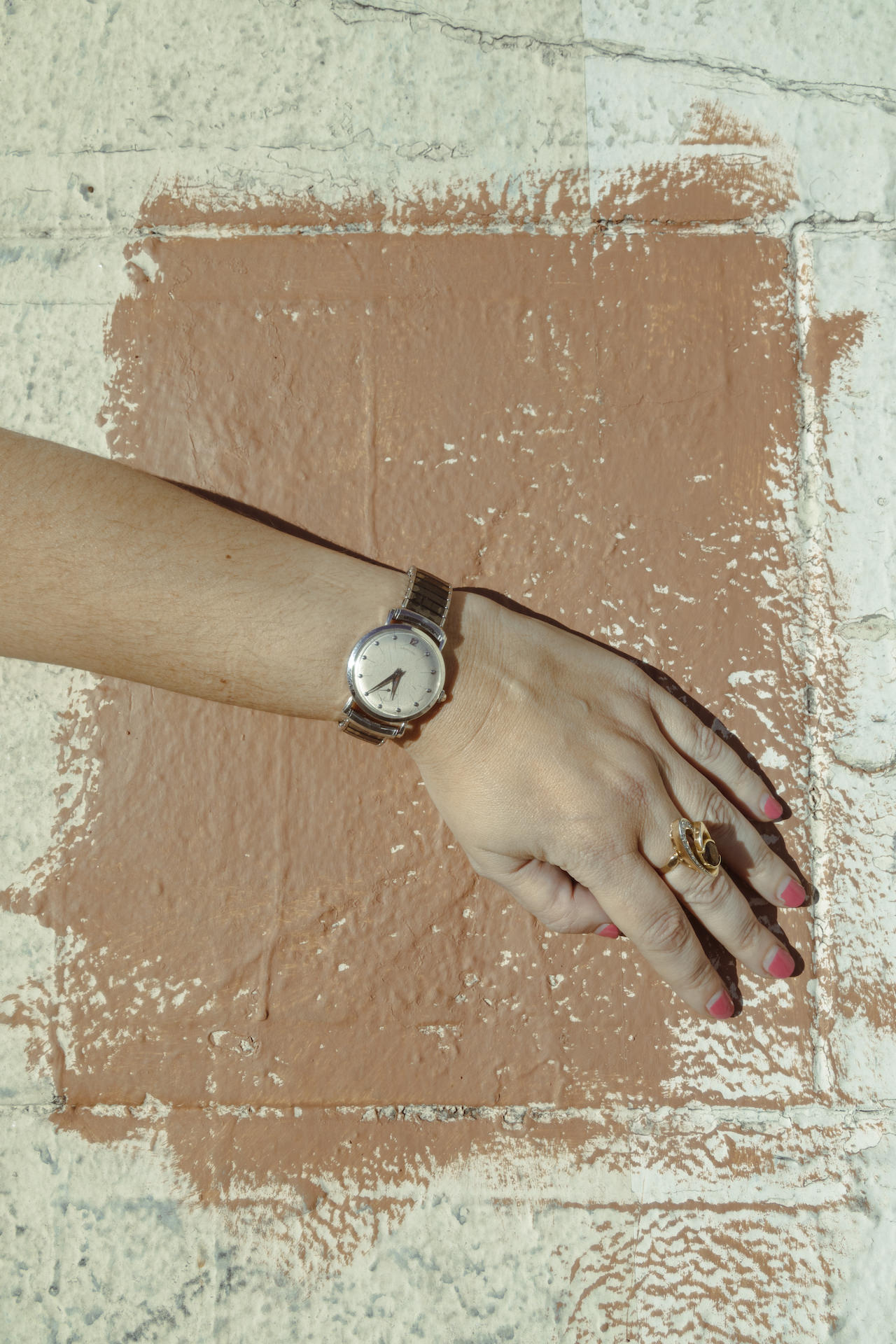
Craft + Tailored is really deep in the vintage Porsche world and the prices of those cars have skyrocketed in recent years, but there’s an “outlaw” culture around modifying them that developed when clapped-out 911s were relatively cheap. I think a lot of people have regrets now when they see the difference in value between an unmodified 911 and one that’s been cut up to have fender flares added.
JG: It ends up making the thing your’s, though. At the end of the day, the designer designed them – but you own them! So if you want that tortoise warmer, deeper, more yellow because it was too orange for you or something that makes it more personal to you, then there’s no downside in that sense. If you’re buying them for resale, you should buy a second one that you keep in your closet, but I believe these things are meant to be enjoyed and used.
I think that philosophy applies to 911s, too. You wear a vintage Rolex yourself most days. What’s the story on that watch and how did that find its way into your life?
JG: Yeah, it’s a 1948 Oyster Precision. It was a gift from my dad, who is a watch lover, and it was my wedding gift. My divorce watch is a 1970s Hamilton – which was also a gift from my dad. My obsession with eyewear hasn’t fully translated to my obsession with watches, but my taste in watches ranges from all different price points and styles and I definitely got that from him. I always remember how his wrist looked when he was driving and I remember his watches from those moments. And he always keeps something that he likes for me in his collection for later. I just put him in some Jacques Marie Mage that we picked out last time we visited, so I gifted him those and I also gifted him a pair of the JMM Last Frontiers for his birthday without him trying it on. He was like “What are these fancy sunglasses?” But they reminded me of his watches and you have to get one fancy frame! He’s a very utilitarian kind of guy, but appreciates fancy things – so I was like here’s one that can live in both worlds.
The Rolex and the Hamilton are the two heritage brand watches I have, but I also have an old Ukranian watch from my grandmother that her husband got for a work thing in the ‘50s or ‘60s – like a little gold watch he got for his retirement.
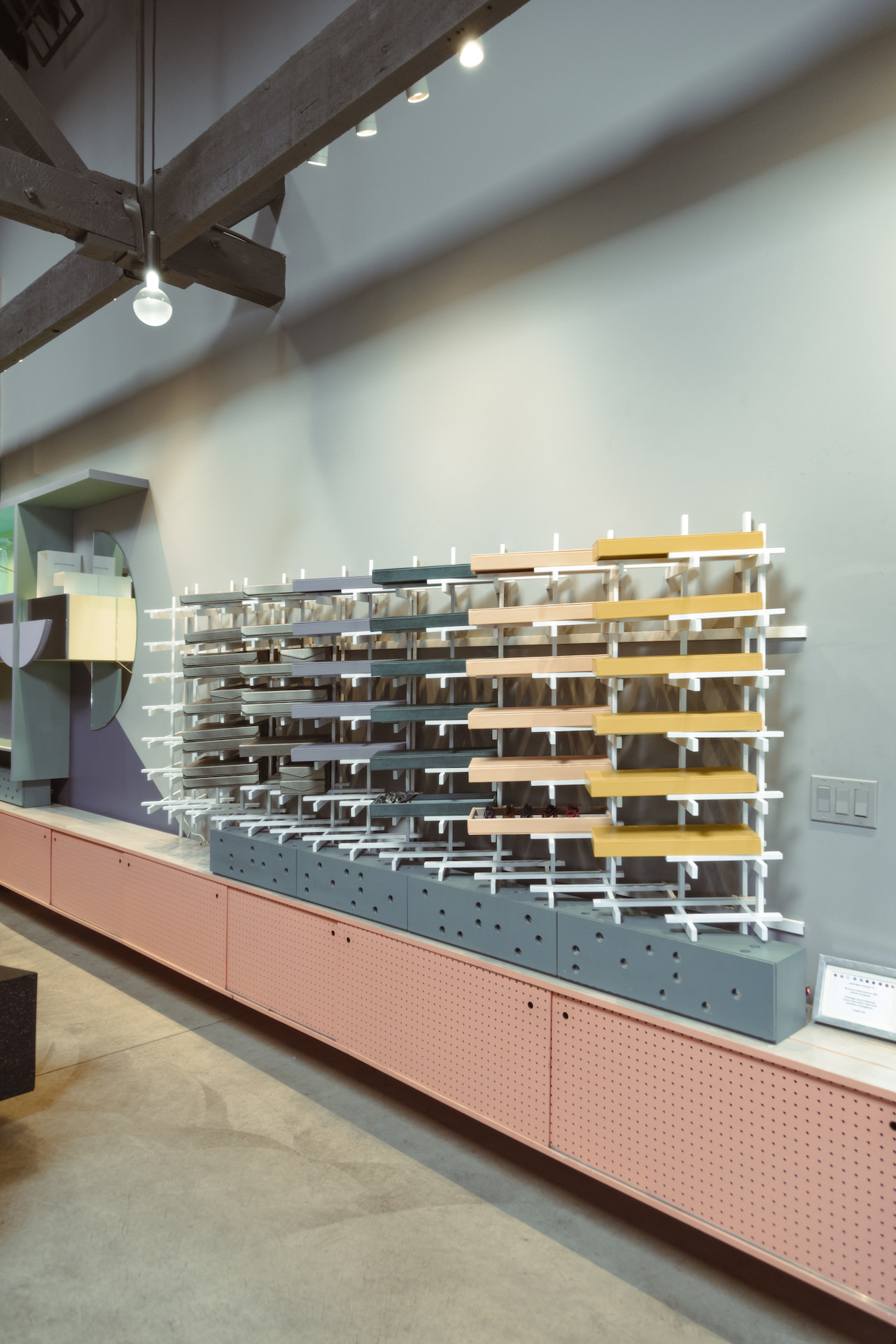



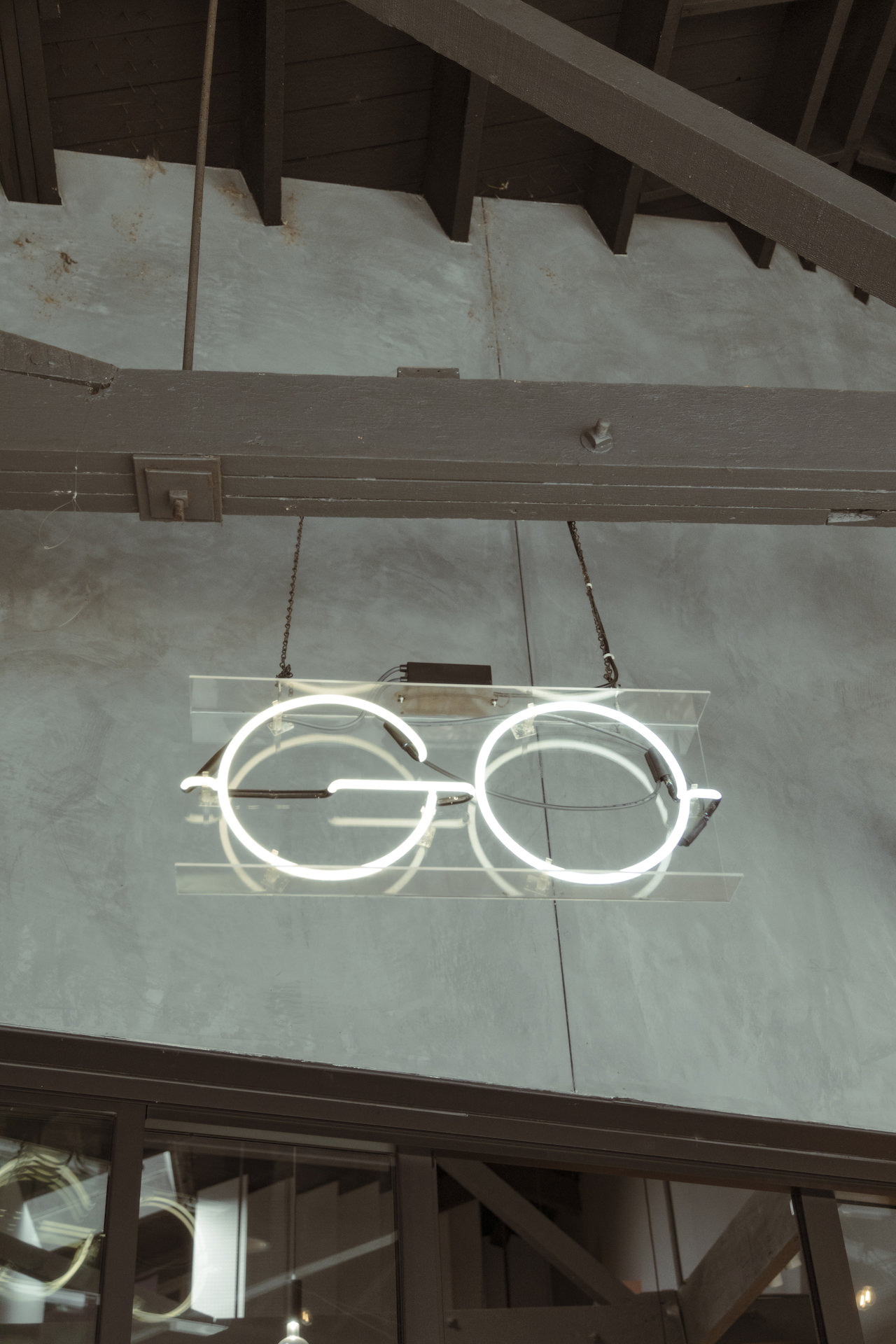
Do you have any advice for people that haven’t considered handmade, independent eyewear? People that want something more substantial and unique, but maybe don’t know the players and manufacturers?
JG: I have to stress the need to work with an optician that’s as discerning as you are, and that kind of discernment comes within the curation of a store. So if you like a brand or a style, but you can’t find those avenues to explore within a store, you need to search people like me out. We exist in most cities around the world these days and this is what we specialize in. Also, consider the frames as “future vintage” and understand that the same reasons people like specific vintage items apply here. It’s the heritage, it’s the materials used, it’s the longevity, sometimes it’s the versatility, and it’s something signature to that frame or brand. All of those things translate into eyewear.
It’s similar to watches in that there are watches that people wear daily and there are those they just have that are very rare or very special. Don’t put all the pressure on one item to do everything you want several to do – stop that immediately! To start even the most basic of wardrobes, you need a good couple of pieces and everything should fit you impeccably – and that’s where your optician comes in. When it comes to eyewear, fit is not only about comfort – it’s about composition and scale and what suits you, which is where you come in as an individual. It’s the same kind of tandem working relationship you have with a good hairdresser that gets you where you want to be.
Visit Gogosha Optique at www.gogosha.com and find them on Instagram at @gogoshaoptique
Photos: Meg Wachter

Check out 'Reference Tracks' our Spotify playlist. We’ll take you through what’s been spinning on the black circle at the C + T offices.

Never miss a watch. Get push notifications for new items and content as well as exclusive access to app only product launches.
Sign up for our newsletter to receive updates and exclusive offers